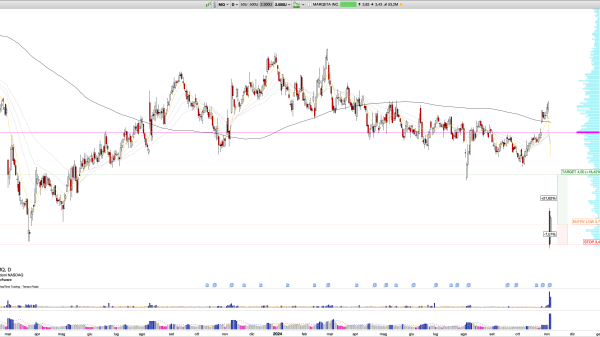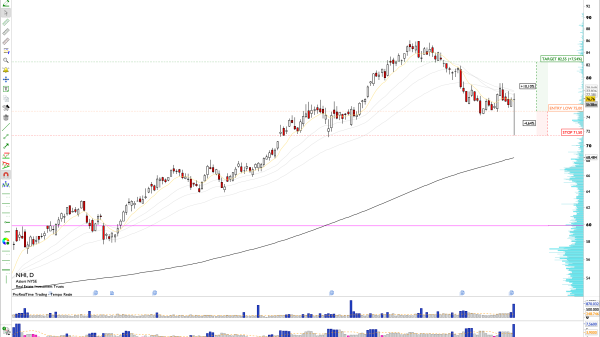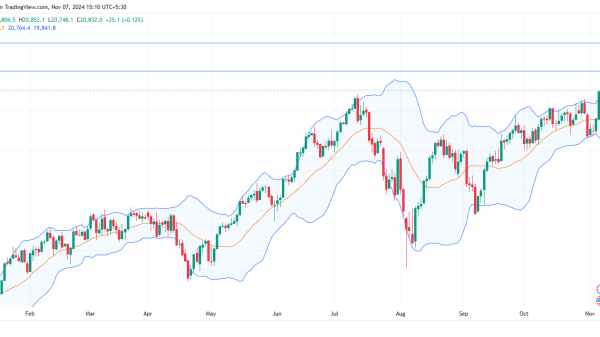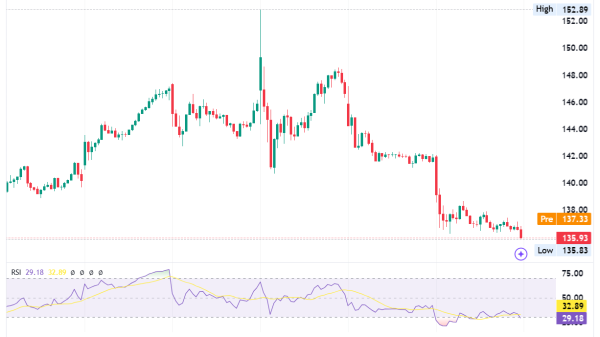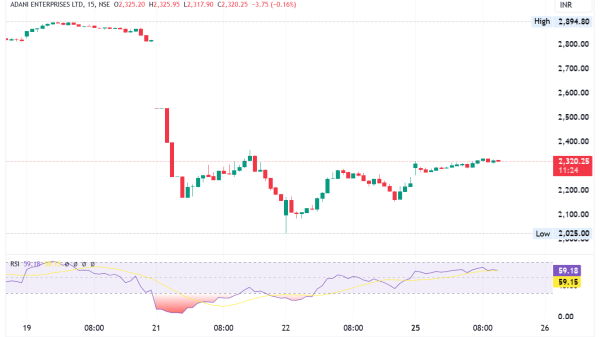What Is a Collection of Investments?
Investing is essential for building wealth, securing financial stability, and planning for future goals. At the heart of this process is the creation and management of an investment portfolio. This article delves into key concepts and strategies that form the backbone of successful investing.
Key takeaways
A collection of investments is a diversified portfolio of financial assets, like stocks and bonds, held by an investor.
The investor’s financial goals primarily influence an investment portfolio’s makeup.
Risk management in investing involves identifying and mitigating potential losses through strategies like diversification and careful asset selection.
Financial planning is strategizing to meet financial goals through budgeting, investing, saving, and managing income and expenses.
What is a collection of investments?
A collection of investments, often referred to as an investment portfolio, is a grouping of financial assets owned by an investor.
These assets can include stocks, bonds, mutual funds, ETFs (exchange-traded funds), real estate, and more.
The composition of an investment portfolio varies depending on the investor’s financial goals, risk tolerance, and investment horizon.
Investment Portfolio
A collection of investments can include individual stocks, bonds, mutual funds, exchange-traded funds (ETFs), and real estate.
It can also include more unfamiliar assets like commodities or derivatives. The composition of an investment portfolio largely depends on the investor’s financial objectives, risk tolerance, and investment horizon.
There are many inquiries about an “investment decision.” So, let’s take a closer look at various factors.
Key considerations in building an investment portfolio include:
Objective assessment: Understanding the purpose of the investment, such as retirement, wealth accumulation, or generating income, is crucial. This helps in determining the suitable mix of assets.
Risk tolerance: This involves assessing how much risk an investor is willing and able to take. Younger investors might lean towards riskier, high-growth assets like stocks. Older individuals may prefer more stable investments like bonds. Without a doubt, it is vital to manage risk.
Diversification: A well-diversified portfolio spreads risk across different asset classes, sectors, and geographic regions, reducing the impact of volatility.
Asset allocation: This refers to the distribution of assets within a portfolio.
Regular rebalancing: Market movements can shift the initial asset allocation over time, necessitating periodic rebalancing to maintain the desired investment structure.
An investment portfolio should be dynamic, adjusting as financial goals, market conditions, and personal circumstances change. Effective portfolio management is key to achieving long-term financial success and stability.
Financial instruments in a portfolio
A diverse portfolio may include a range of financial instruments:
Stocks: Ownership shares in companies.
Bonds: Debt securities where the investor loans money to an entity that borrows the funds for a defined period.
Mutual funds: Investment programs funded by shareholders that trade in diversified holdings and are professionally managed.
Real estate investments: Could be direct property investments or REITs (Real Estate Investment Trusts).
Commodities: Physical goods like gold, oil, or agricultural products.
Alternative investments: Includes assets like private equity, hedge funds, and artworks.
Diversification strategies
Diversification is a fundamental investment strategy aimed at reducing risk by allocating investments across various financial instruments, industries, and other categories. It can mitigate the risk of loss in any one investment and potentially improve returns over the long term.
Here’s a deeper look into diversification strategies:
Asset class diversification: This involves spreading investments across different asset classes such as stocks, bonds, real estate, and cash. Each class responds differently to market conditions. For instance, when stocks perform poorly, bonds might do better, thereby balancing the portfolio.
Geographical diversification: This strategy spreads investments across different geographic regions and countries. It makes sense to pay more attention to emerging markets.
Sector and industry diversification: Investing across various industries and sectors, such as technology, healthcare, finance, and consumer goods, can protect against sector-specific risks. Other sectors may be less affected if one sector underperforms due to industry-specific issues.
Company size diversification: Investing in big and small companies is a good idea. What we mean by different sizes is large-cap, mid-cap, and small-cap.
Each category has its own risk and return profile, with small-cap stocks generally being riskier, large-cap stocks offer higher growth potential.
Diversification across investment styles: This includes mixing growth stocks with value stocks.
Using diversified investment vehicles: Mutual funds, index funds, and ETFs inherently offer diversification as they pool together many different assets.
A well-diversified portfolio can effectively reduce risk and smoothen returns over the long term. Moreover, it will be easier to create a well-diversified portfolio with the help of a financial advisor. A financial advisor can help traders to reduce market risk.
Risk management in investing
Risk management in investing involves identifying, assessing, and taking steps to minimize or mitigate investment risks. This includes understanding market volatility, interest rate, inflation risks, and other factors affecting investment returns.
Portfolio rebalancing
Portfolio rebalancing is the process of realigning the weightings of assets in a portfolio. It involves periodically buying or selling assets to maintain the original or desired asset allocation and risk level. Rebalancing helps in sticking to an investment strategy and avoiding overexposure to certain assets.
Asset classes
Asset classes are categories of assets that exhibit similar characteristics and behave similarly in the marketplace. The main asset classes include stocks (equities), bonds (fixed income), cash and cash equivalents, real estate, and commodities. Each asset class has different levels of risk and return, making them suitable for different types of investors.
Investment funds
It is hard not to mention investment funds when it comes to a collection of investments.
Investment funds are pooled investment vehicles that collect capital from multiple investors to invest in a diversified portfolio of assets.
Professional fund managers are in charge of investment funds. They allocate and distribute the pooled investment in stocks, bonds, real estate, depending on the fund’s objective.
The main types of investment funds include mutual funds, exchange-traded funds (ETFs), index funds, and hedge funds.
They offer investors access to a broad range of assets, diversification benefits, and professional management. Each fund has its own risk-reward profile, investment strategy, and fee structure.
Passive vs. active investing
Passive investing: This strategy involves investing in index funds or ETFs that track market indexes.
It’s characterized by lower fees and a belief in the efficient-market hypothesis, which suggests that it’s difficult to beat the market consistently through active management.
Active investing: In contrast, active investing involves actively buying and selling stocks or other assets to outperform the market. This requires more research, higher fees, and typically involves higher risk.
In summary, building and managing a collection of investments is a dynamic process. It requires an understanding of various financial concepts and strategies.
Each element ensures the portfolio aligns with the investor’s goals and risk tolerance. Moreover, it is hard to overestimate the role of a qualified financial advisor when dealing with a marker risk.
The bottom line is to build a diversified portfolio that can withstand market fluctuations and grow over time.
The post What Is a Collection of Investments? appeared first on FinanceBrokerage.



